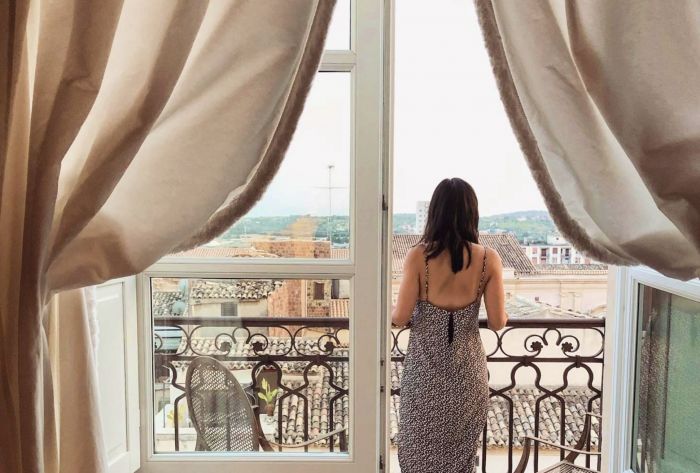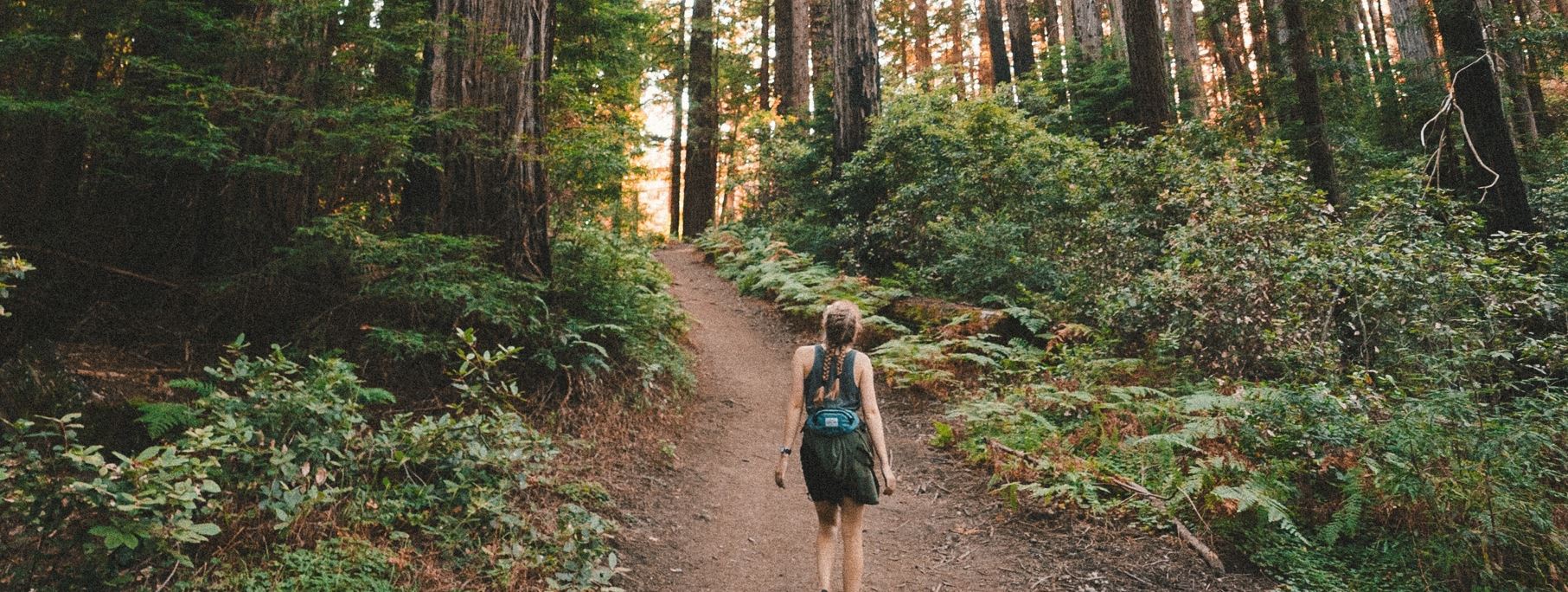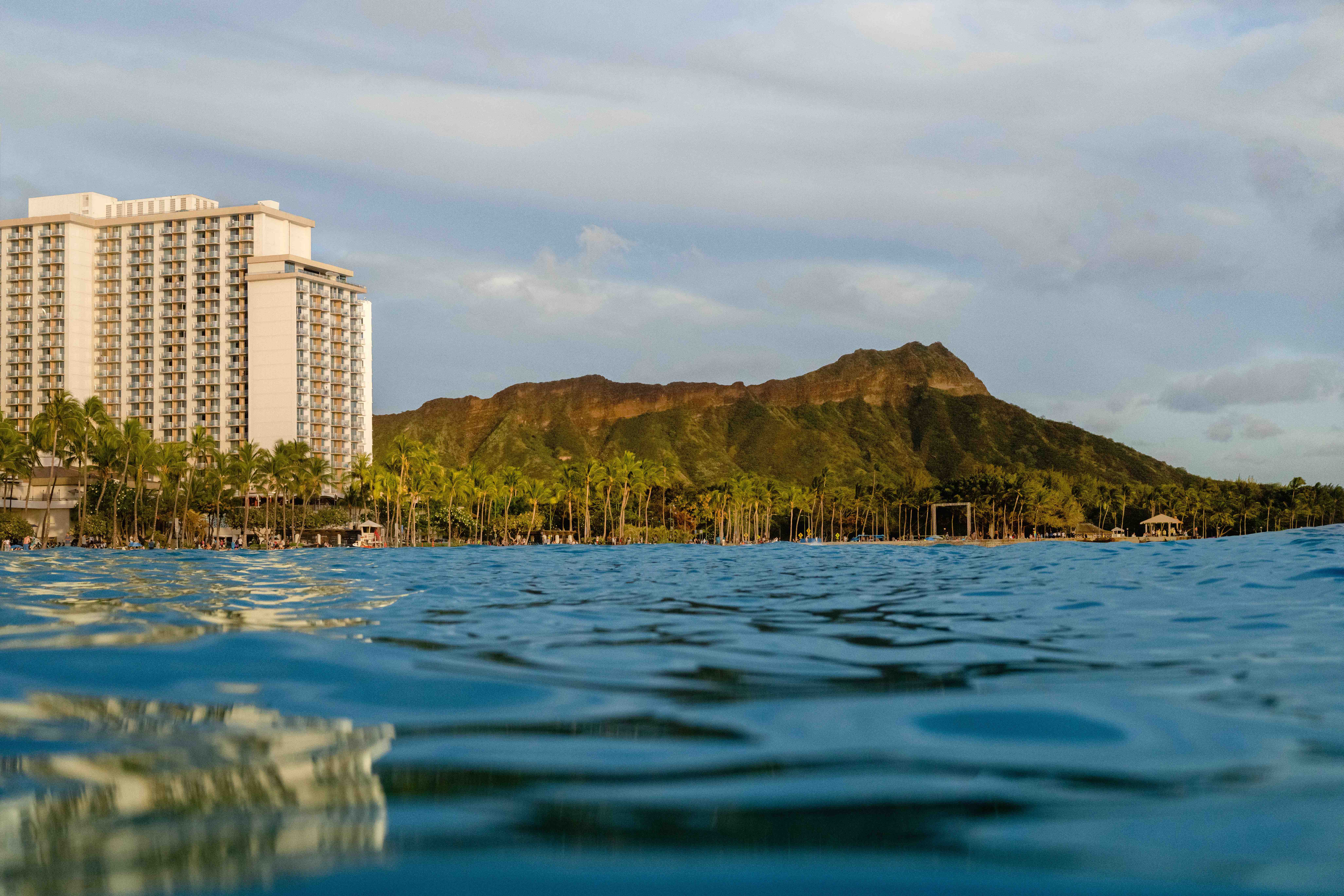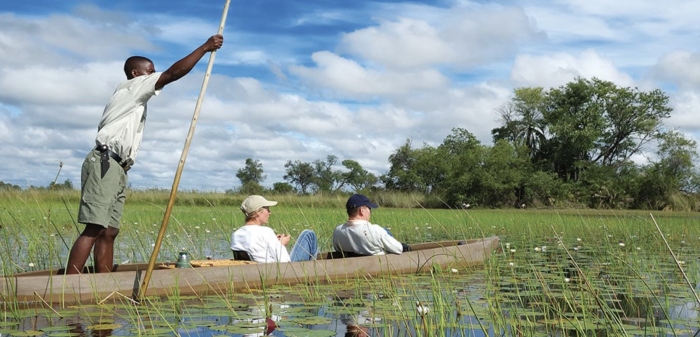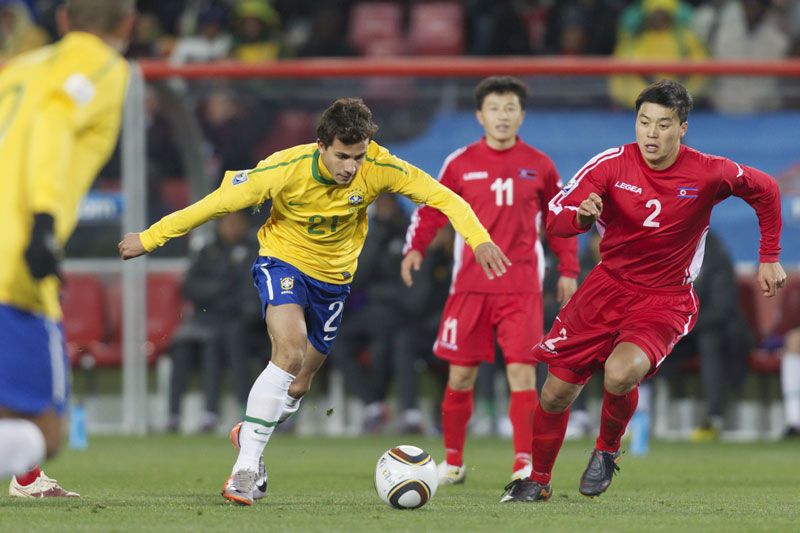
With less than 30 days to go before the World Cup kicks off, host country Brazil is in serious party-prep mode: sweeping up the shavings on new stadium construction, rigging up huge screens on the beach for public viewing parties, and preparing to welcome millions of visitors from around the world. Surprise, surprise though, while the US might not be as crazy about soccer (AKA futbol) as other countries, it was still the No. 1 ticket-purchaser as of April 11.
For ticket-holders, jetsetters who might jaunt down there just for the party, and those who are currently wondering what’s in Brazil besides rainforests, here’s a quick rundown of the 12 Brazilian cities proudly hosting the 2014 FIFA World Cup (in alphabetical order).

Belo Horizonte
The city name translates to “Beautiful Horizon,” and its unofficial nickname, “The Bar Capital,” is just as appealing for entirely different reasons. Located in Southeastern Brazil, this is one of the country’s less-discovered cities.
What To Do Outside the Stadium: It’s pretty clear, thanks to its moniker: Sip, schmooze, flirt, and on to the next bar. With some 14,000 bars in the city, visitors can venue-hop all day and night and never get to all of them. Bonus: Belo Horizonte specializes in pub food (comida de buteco) to complement its boozy lifestyle.

Brasilia
The capital city of Brazil, located in the center of the nation and built specifically to be its capital, was constructed over the course of 41 months (1956-1960). Architect Oscar Niemeyer designed so many buildings, the city styles itself as Niemeyer’s Playground. Probably in large part due to this, it’s already a UNESCO World Heritage Site in spite of being less than 60 years old.
What To Do Outside the Stadium: Tour the Niemeyer buildings, including the Square of Three Powers and Ministry of Justice.

Cuiaba
Surrounded by a triad of ecosystems—the Pantanal wetlands, the Amazon, and the Cerrado savannahs third—this city is a nature-lover’s beacon. The Pantanal is referred to as a less-trafficked Galapagos by those in the know.
What To Do Outside the Stadium: If you can get a space on one of the boats licensed to cruise the Pantanal, it will be an unforgettable life experience. Otherwise, there are canyons, swimmable waterfalls and hikes ranging easy to advanced and all at parks just a few miles from the city limits.

Curitiba
This city is proud to wave the banner for sustainable living, containing approximately 30 urban parks and forests. This is its second time hosting a World Cup, the first was in 1950. It built an entirely new stadium for the 2014 games, which is noted as one of the most modern in Brazil.
What To Do Outside the Stadium: If you’ve got three days or more for an excursion, visit Iguaçu Falls, a New 7 Wonder of Nature. It is approximately 400 miles from the city, at the conjunction of Brazil’s border with Argentina and Paraguay. With less free time, visitors can explore the urban parks, the Botanical Gardens and the historic city center.

Fortaleza
A bustling beach city in the northeast of Brazil, Fortaleza is considered “the Sun Country” on two accounts: It claims to get more sunshine than other Brazilian cities, and is said to have extremely sunny-spirited locals.
What To Do Outside the Stadium: This city is big on day life, meaning, parties, club-action and lots of music in broad daylight and bathing suit dress codes set against a beach backdrop. With many beaches including “The Beach of the Future” which measures 15.5 miles long, there’s plenty of space for those day parties…and if you’ve got the stamina, they can go all night too.

Manaus
The hub city of the Amazon, Manaus flies under the radar of US citizens, but has always been a South American commercial center. There was a time when Manaus was the richest city in Brazil, and it’s still one of the largest, surrounded on all sides by jungle and wetlands. The bird’s eye views are surreal.
What To Do Outside the Stadium: Amazon adventures start right at the outskirts of the city. Eco-adventures include exotic animals viewing, guided hikes, small boat tours, swimming with pink dolphins and piranha fishing. There’s also a beach fronting a river that runs directly through the city, locals swim in it regardless of piranhas.

Natal
A laid-back beach destination characterized by its rolling sand dunes, Natal will definitely factor onto North American soccer fans’ radar in the next few weeks because it’s hosting a US game. During World War II there was an American base in Natal, and even to this day, US visitors will discover some pleasant cultural crossover.
What To Do Outside the Stadium: Some of the dunes are ideal for sand boarding—sitting on a board and sliding down the dune—all the way down to a splash landing in the lagoon. Dune buggies and (randomly) camel rides are also available. If you just want to relax, there’s pristine beach as far as the eye can see.

Porto Alegre
Porto Alegre is the capital city of Brazil’s southernmost state of Rio Grande do Sur and borders Uruguay and Argentina. As a result of the strong German immigrant influence dating from the early 1900s, the area is known for its beer, meat-and-potatoes, bar culture and supermodel-looking citizens.
What To Do Outside the Stadium: By day, go visit the wine country 70 miles away, tour chocolate factories, or sail on Lake Guaiba. By night, enjoy the city’s excellent German-style beer and gawk at models and gauchos (Brazilian cowboys).

Recife
In the northeast of Brazil, Reciife was nicknamed the “Venice of Brazil” by Frenchman Albert Camus when he visited in 1949. Throughout June, it hosts one of the biggest annual festivals in the country named Festa Junina and honors the city’s patron saint.
What To Do Outside the Stadium: Known for its rich marine life and clear, pristine waters just offshore, Recife is wonderful for scuba diving and snorkeling. On the flip side, Recife is also known for its museums and haunted houses.

Rio de Janeiro
The most famous of Brazil’s host cities, all games in Rio de Janeiro are sold out, but that doesn’t mean you can’t still go and have a great time because Rio is tops on everyone’s list of where to go for an epic party. There will be places showing the games all over town, from the beaches to Sugarloaf Mountain.
What To Do Outside the Stadium: Shop, club-hop and dine in Lapa, Ipanema and Copacabana. Journey to the top of Sugarloaf to visit Rio’s iconic Christ the Redeemer statue or embrace your Brazilian side by strutting down the beach in nothing but a tiny Speedo and a pair of Havaianas.

Salvador
Salvador is the capital city of Bahia, which is probably Brazil’s best-known beach destination after Rio de Janeiro. This city is known for distinctive African influence in its cuisine, culture, clothing and spirituality. This is the birthplace of Capoeira and axé (pronounced ah-chay) music. Bahia works on its very own time definition, which is slooooow and un-stressed to the max.
What To Do Outside the Stadium: Watch a local Capoeira troupe practicing their distinctive dance-martial art in a circle outside while playing traditional instruments. Take your pick of great beaches, depending what you like to do: surf, sail, swim, or ride a bike. Culinary adventures can also be a big part of a visit here, especially if you love spicy street fare and fresh seafood.

São Paulo
The largest city in Latin America, São Paulo is the financial hub of Brazil, and one of the biggest international business tourism destinations in the world. Crowded, fast-paced and sophisticated, this is the perfect city to host the opening matches of the 2014 World Cup.
What To Do Outside the Stadium: Tickets are sold out, so if you don’t have them, look for big screen viewing parties in prominent bars and parks, or hit up the official FIFA Fan Fest in Anhangabaú Valley park. Also while in the city, a late night at a samba club and an unforgettable rodizio (all-you-can-eat steakhouse) meal are two must-dos.

Lena Katz
Lena Katz is the author of the Travel Temptations series (SIP, SUN, SNOW), published by Globe Pequot Press in 2009. Lena is also a travel expert for Celebrations/1800FLOWERS and WEtv (online and on-air). She contributes to the South China Morning Post and ABC News online. Lena is a former Orbitz Travel blogger and former columnist for the LA Times. She's been published in Brides Magazine, Robb Rep...(Read More)











